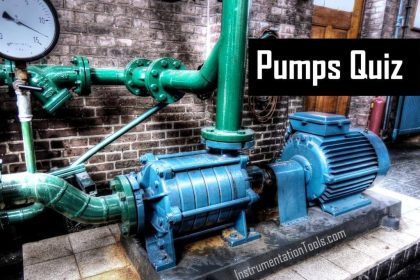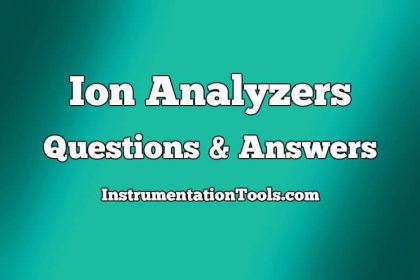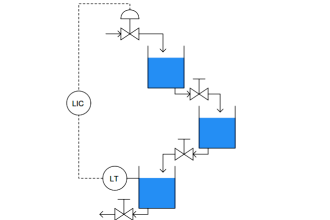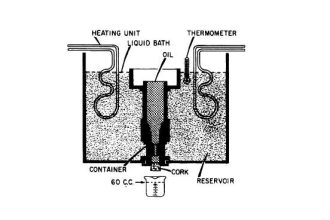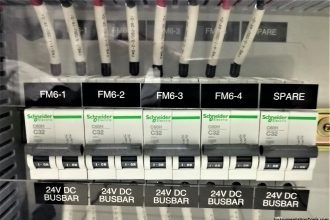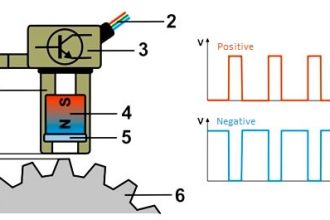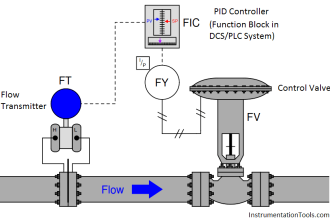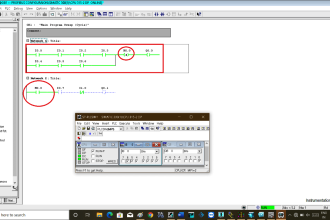Construction of Phase -Trajectories
1. Electrical time-constant of an armature-controlled dc servomotor is :
a) Equal to mechanical time-constant
b) Smaller than mechanical time-constant
c) Larger than mechanical time-constant
d) Not related to mechanical time-constant
Answer: b
Explanation: Electrical time constant is smaller than the mechanical time constant and hence the delay in the mechanical systems is more than the electrical systems.
2. The open-loop transfer function of a unity feedback system is K/(s^2 (s+5))The system is unstable for
a) K>5
b) K<5
c) K>0
d) All of the mentioned
Answer: d
Explanation: The open loop transfer function of a unity feedback system is used to calculate the conditional stability by using the Routh Hurwitz criteria or the Root locus technique.
3. Peak overshoot of step-input response of an underdamped second-order system is explicitly indicative of
a) Settling time
b) Rise time
c) Natural frequency
d) Damping ratio
Answer: d
Explanation: Peak overshoot refers to the damping of the system as if the damping id less than the peak will be more.
4. A unity feedback system with open-loop transfer function G (s) = 4/[s(s+p)] is critically damped. The value of the parameter p is
a) 4
b) 3
c) 2
d) 1
Answer: a
Explanation: The value of the p can be calculated by comparing the equation with the standard characteristic equation.
5. Polar plot of G (jw) = 1/jw(jw+t) is
a) Crosses the negative real axis
b) Crosses the negative imaginary axis
c) Crosses the positive imaginary axis
d) None of the mentioned
Answer: d
Explanation: Polar plot can be made of the following function by following appropriate steps and thus the plot neither crosses the real axis nor imaginary axis.
6. In optimum time switching curve the system takes :
a) Minimum time in reaching desired location
b) Maximum time in reaching desired location
c) Never reaches
d) No desired location is present
Answer: a
Explanation: If switching is made to occur the crossing of the starting trajectory with the thick line trajectory the system follows the trajectory and reaches the desired output at the minimum time.
7. System with logic switching are :
a) Hang on
b) Bang on
c) Bang-bang
d) Hang out
Answer: c
Explanation: Suitable logic circuitry has to be added to the controller structure for the kind of the switching and such systems are known as the bang-bang control system.
8. Zeroes are defined as:
a) Roots of the denominator of the closed loop transfer function
b) Roots of the numerator of the closed loop transfer function
c) Both of the mentioned
d) None of the mentioned
Answer: b
Explanation: Zeroes are defined as the roots of the numerator of the closed loop system.
9. As zero moves sufficiently left from the origin the effect of zero becomes less pronounced.
a) True
b) False
Answer: a
Explanation: The effect of zero on transient response will be negligible if the zero moves left from the origin due to dominant pole mechanism.
10. Assertion (A): The zeroes on the real axis near the origin are generally avoided in design.
Reason (R): In a sluggish system introduction of zeroes can improve the transient response
a) Both A and R are true and R is correct explanation of A
b) Both A and R are true but R is not correct explanation of A
c) A is true but R is false
d) A is false but R is true
Answer: b
Explanation: The zeroes on the real axis near the origin are generally avoided in design as they cause system instability.


